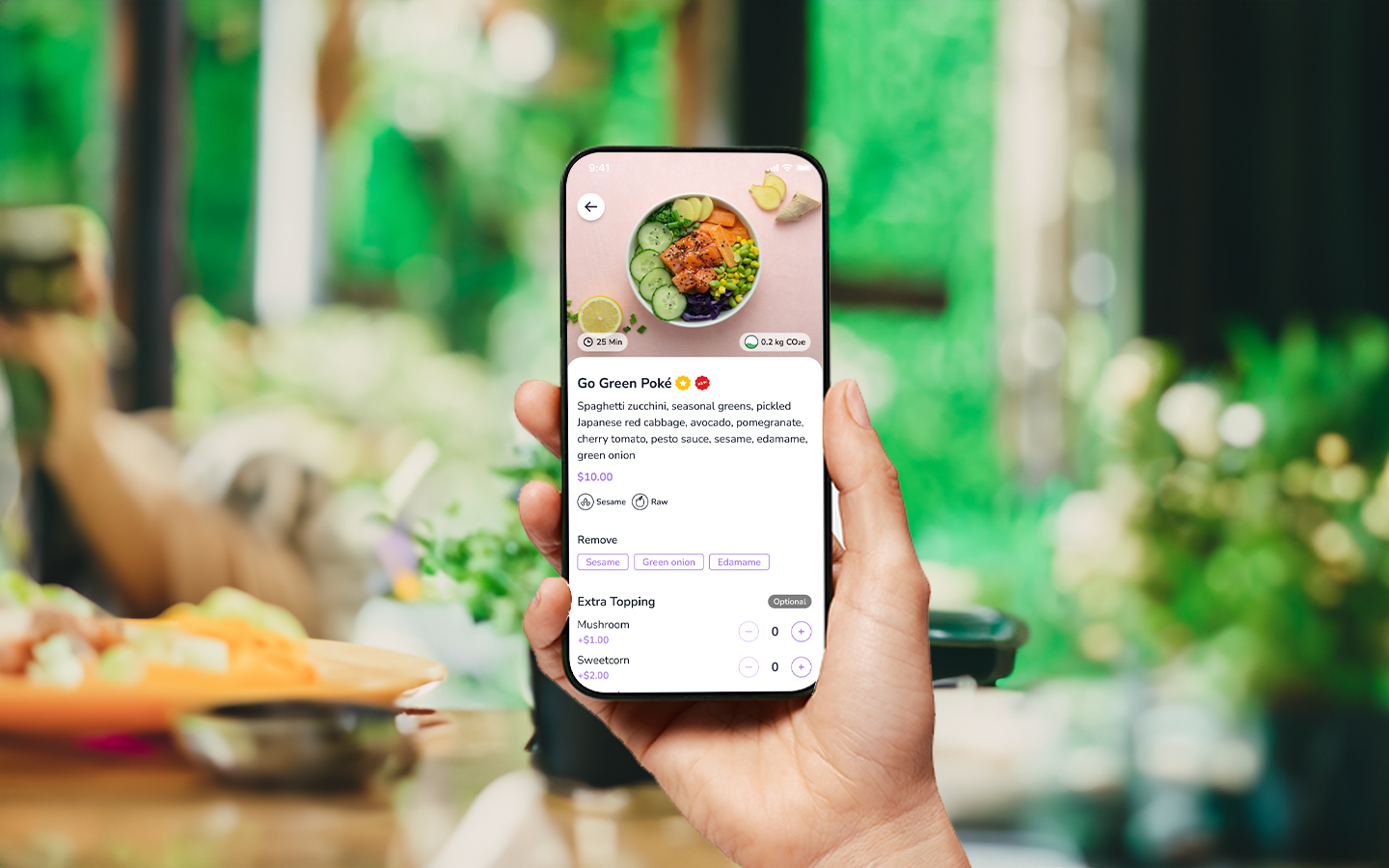Restaurant owners, like in all other industries, are always looking for ways to cut period costs and increase their profits. One of the most effective ways to do this is by streamlining the cost control process.
Doing research, thinking creatively, and exploring options on the assistive tech that can help your business grow is a must. Almost every business is unique in one way or another. If you are enthusiastic about running a food business, then we are here to share the best-kept industry tips and knowledge, so make sure to read until the very end.
Cost Control Strategies for Restaurants
First and foremost, many different strategies can be used to streamline restaurant cost control. Some of these include:
Getting Professional Help:
Hiring a professional accountant or bookkeeper who can help you with your finances and make sure that everything is in order. The downside is that you have to trust and control the accountant to do a great job on time. Have a Plan B in case your accountant gets sick or is on vacation, or is simply unavailable for no apparent reason when you need them.
Coordination:
Setting up a system where all employees have access to the same information so they know what needs to be done and when it needs to be done. There are some office and teamwork tools available on the market. However, we advise that you investigate if there’s anything that suits better to your line of business.
Budgeting:
Create a budget for your restaurant so you know how much money you have coming in and going out each month. Budgeting is the 101 for any business, small and big, but it is a topic we could not have left on the sidelines.
Tech Assistance:
Integrating software so as not to leave room for human error in your inventory management, food cost, and menu management. If you are looking for ways to cut period costs, one way is definitely to use technology to automate tasks that can be done by software or an app. In the aftermath of the pandemic, most restaurants have started using software that helps them manage their inventory, track their orders, and even take orders from customers. The reason for this is because it helps them save time and money.
Supplier Management:
Keeping a long list of suppliers while tracking prices every time you need to make an order. This may be time-consuming but crucial in a fluctuating inflationary environment. Your job is to pay the cheapest price for the same or similar quality ingredients. Just the way the exact same item is sold with a different price tag by the different vendors online, suppliers also price items differently. If you are a small restaurant, see if it’s beneficial for you to make a commitment or a deal with certain suppliers while keeping an eye on all the others.
Logistics:
The supply chain management may not be affecting you directly, as you get your deliveries straight to your door from your suppliers. However, as a restaurant owner, you must be on top of the origin of the goods that you buy. If the artichoke hearts you buy regularly are a product of Peru and have lately gone up in price due to the global economic turmoil and the rising oil prices, see if you can find other options.
Social and Environmental Responsibility:
Remember that, as a general rule, the less carbon footprint your supply chain leaves, the lower your costs should be. See if you can buy from homestead farms in your area instead of indirectly contributing to sweatshops in the third world. There may be wholesale fair trade suppliers that will actually cost you less since transport is the chunkiest cost item in the supply chain today.
As a side benefit, you can boldly and proudly share where your food comes from with your customers, so free marketing and the cream on top… Getting your hands on this now is not a bad idea, thinking that in the near future, consumers will have direct access to the source of their food via blockchain-registered supply chain mechanisms.
Restaurants managed in socially and environmentally responsible ways may not only be cutting costs but also increasing profit, thanks to a more conscious society. Keep in mind that there are trends in food, just like in fashion. The trend now and for many years to come is clearly set around fair trade, organic, fresh, ethically sourced, and so on.
Streamline Restaurant Cost Management with FineDine
Streamlining your restaurant’s cost control is something you should take seriously as a restaurant or cafe owner for the long-term success of your business. Although there are several alternatives to examine as a restaurant owner, the food for thought we have provided in this article will assist you in lowering your supply expenditure and enhancing your restaurant's efficiency.
Adopting a complete, food business-specific inventory management system offering extra perks will make life much easier for you. FineDine is a system that helps restaurants, cafes, and other retail businesses keep on track and stay in control of their costs with extra benefits like QR menus and digital menus. Look at their website to see how you can benefit from their valuable input and expertise.


